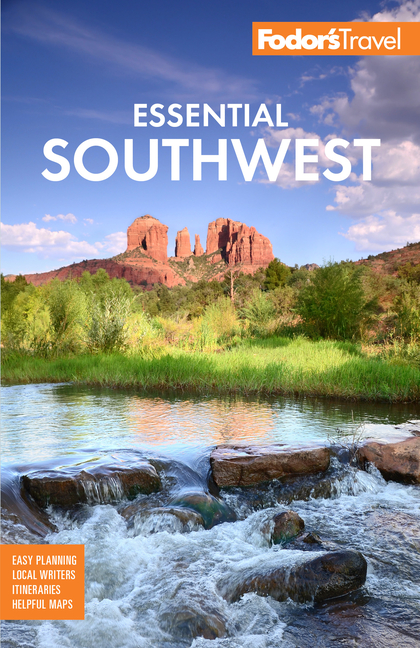Petroglyphs: The Writing on the Wall
The rock art of early Native Americans is carved or painted on basalt boulders, on canyon walls, and on the underside of overhangs throughout the area. No one knows the exact meaning of these signs, and interpretations vary; they’ve been seen as elements in shamanistic or hunting rituals, as clan signs, maps, or even indications of visits by extraterrestrials.
Where to Find Them
Susceptible to (and often already damaged by) vandalism, many rock-art sites aren’t open to the public. Two good petroglyphs to check out at Petrified Forest National Park are Newspaper Rock, an overlook near mile marker 12, and Puerco Pueblo, near mile marker 11. Other sites in Arizona include Hieroglyphic Point in Salt River Canyon and Deer Valley Petroglyph Preserve north of Phoenix.
Determining Its Age
It’s just as difficult to date a "glyph" as it is to understand it. Archaeologists try to determine a general time frame by judging the style, the date of the ruins and pottery in the vicinity, the amount of patination (formation of minerals) on the design, or the superimposition of newer images on top of older ones. Most of Eastern Arizona’s rock art is estimated to be at least 1,000 years old, and many of the glyphs were created even earlier.
Varied Images
Some glyphs depict animals like bighorn sheep, deer, bear, and mountain lions; others are geometric patterns. The most unusual are the anthropomorphs, strange humanlike figures with elaborate headdresses. Concentric circles are a common design. A few of these circles served as solstice signs, indicating the summer and winter solstices and other important dates. At the solstice, when the angle of the sun is just right, a shaft of light shines through a crack in a nearby rock, illuminating the center of the circle. Archaeologists believe that these solar calendars helped determine the time for ceremonies and planting.
Many solstice signs are in remote regions, but you can visit Petrified Forest National Park around June 20 to see a concentric circle illuminated during the summer solstice. The glyph, reached by a paved trail just a few hundred yards from the parking area, is visible year-round, but light shines directly in the center during the week of the solstice. The phenomenon occurs at 9 am.
Do not touch petroglyphs or pictographs—the oil from your hands can damage the images.




